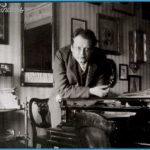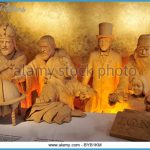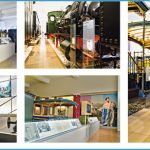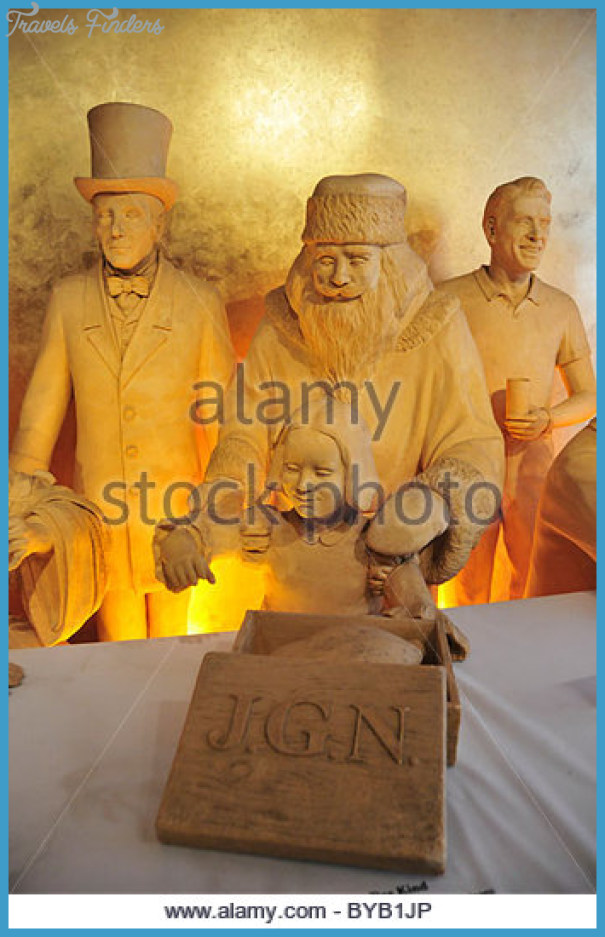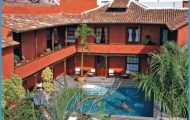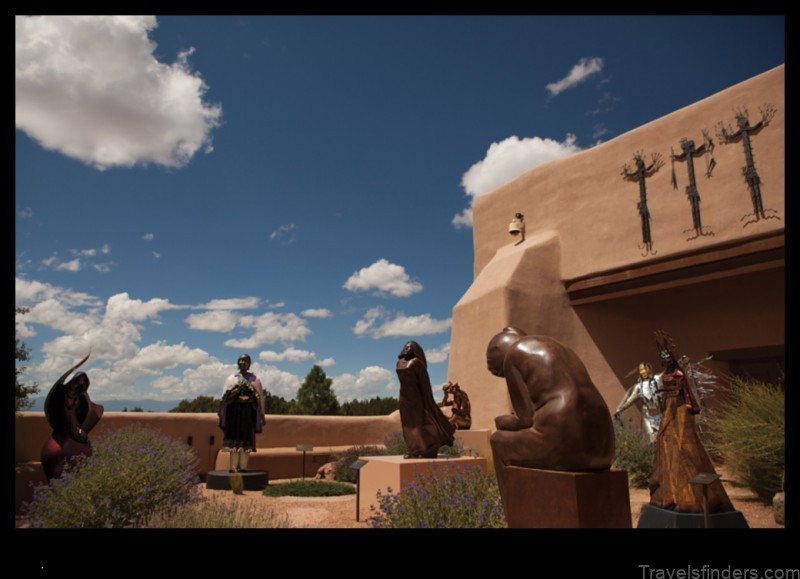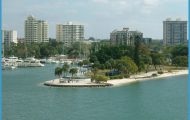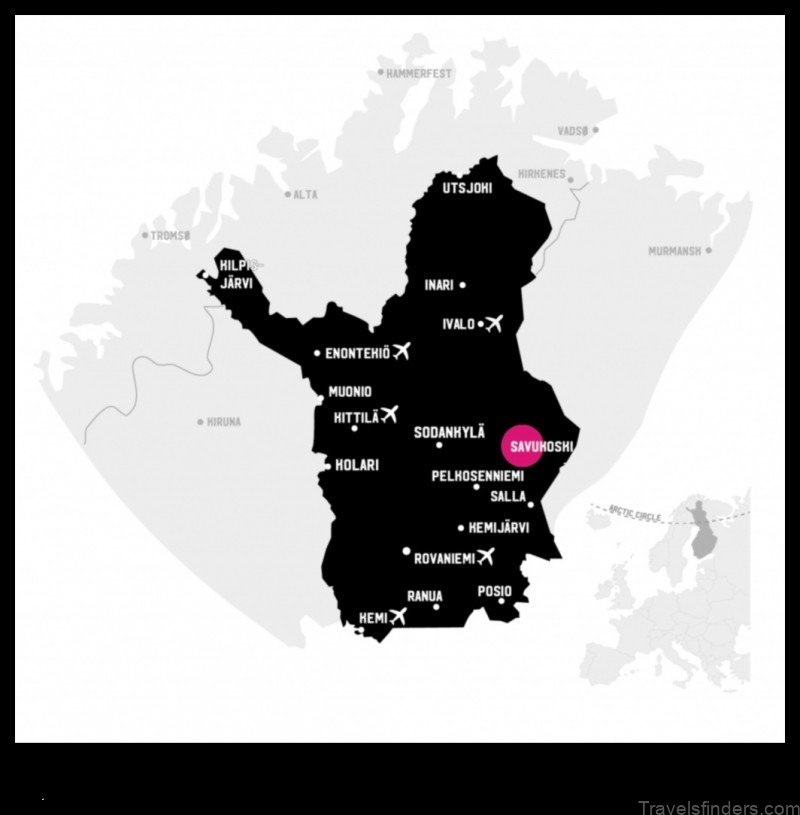REGER MUSEUM
It is somehow symbolic that Max Reger was born in the Fichtelgebirge, strictly a part of Bavaria but in many ways distinct from it in its geography, its history and its personality. For Reger’s music stands obstinately separate from most of the beaten historical tracks: he never quite fitted into the Munich musical establishment, into the post-Wagnerian generation, nor, with his preoccupation with Protestant organ genres, into the Catholic traditions into which he was born.
Brand, Reger’s native village, lies some 30 km east of the Berlin-Munich Autobahn, not far from Bayreuth. Slightly further east lies the main part of the Oberpfalz (Upper Palatinate) region and beyond it the Czech border. The main road through the village is of course Max-Reger-StraSe. The house where the composer was born, in 1873, bears a plaque, but is privately owned. Immediately opposite, by the Max-Reger-Park, is the quite modest town hall, within which is a room devoted to the composer’s memory, opened in 1973 in celebration of his centenary.
There are display cases with documents, photographs and originals and reproductions of Reger’s music. The mayor himself is happy to show the room to visitors. The Reger family moved from Brand when Max was still an infant, to Weiden, a much larger town, some 45 km to the south-east. Reger studied with the organist there, Adalbert Lindner, and regarded Weiden as his home; apart from spells away in his student years, he lived there from 1874 to 1901. Here too there is a Max-Reger-StraSe and a Max-Reger-Park, with a memorial, as well as a Max-Reger-Halle and four Max Reger houses (the family was fairly mobile), one of which bears a plaque. Weiden’s principal memorial to Reger, however, is a room – to be precise, a linked pair of rooms – in the Stadtmuseum (in the Altes Schulhaus, the building in which Lindner lived). His baptismal clothes are displayed in the first, with his mother’s square piano, certificates from his youth, his working desk and a group of drawings of him conducting. The larger room is dominated by a Bluthner piano, originally Lindner’s, and the organ from St Michael’s church on which he played. There are portraits, a bust and a death mask and a witty series of caricatures of Reger; both rooms have display cabinets with various memorabilia – his medals, drinking glasses (which played all too prominent a part in his life), music autographs and first editions, letters and postcards, photographs.
REGER MUSEUM Photo Gallery
Towards the end of his life, Reger was Hofkapellmeister to Duke Georg II of Saxe-Meiningen. In that capacity (1911-13) he composed more than 20 works and conducted the finely trained Meiningen orchestra in 166 concerts, which included the symphonies of Beethoven, Brahms and Bruckner as well as the more adventurous Tod und Verklarung of Strauss and Debussy’s Prelude a l’apres-midi d’un faune. The SchloS Elisabethenburg in Meiningen, now open to the public, incorporates a Musikmuseum which celebrates 300 years of local music history and dedicates two rooms to Reger and one each to the conductor Hans von Bulow, who developed the orchestra during his years there (1880-85), and Brahms (see Brahms), who often visited Meiningen between Reger’s study as re-created at Schlofi Elisabethenburg, Meiningen 1883 and 1895 to work with the orchestra.
The first room dedicated to Reger recreates the spirit of the Arbeitsaal (or study) at his last house in Jena, where he lived from 1915 and composed the solo cello and solo viola suites op.131c and d, the Fantasia and Fugue for organ op.135b and the Violin Sonata op. 139. His Bechstein grand has pride of place and is surrounded by a collection of musical portraits, busts and death masks; the scene is filled out with furniture, a large tiled stove and an ornate music stand. In the second room is a display of personal effects (his concert clothes, briefcase, glasses, pen and cigar case), along with his honorary degree certificates and a silver laurel wreath, family correspondence and photos, and pictures of his Meiningen house (which bears a plaque). Also on display are Willy von Beckerath’s sketches of Reger in rehearsal and a car horn (actually four bells) that sounds the theme by J.A. Hiller on which Reger composed his famous orchestral Variations and Fugue op.100. The Max-Reger-Archiv, from which the museum displays are drawn, is part of the department of musical history in the Meininger Museen. In 1982, in recognition of Reger’s importance as an organist, a new organ in his memory was installed in the former chapel of the SchloS, now the Konzertsaal Johannes Brahms.
After Reger’s death, in 1916, his widow Elsa established a Max-Reger-Archiv in Jena, where they had moved the previous year; during World War II she transferred it to Meiningen. In 1947 she created the Elsa-Reger-Stiftung and the Max-Reger-Institut, at Bad Godesberg, near Bonn, where she then lived. In 1996 the institute, the centre of Reger scholarship and research, with an extensive collection especially of Reger autographs, open to scholars and performers of his music, moved to Karlsruhe.
At Valhalla, 11 km east of Regensburg, there is a Doric temple originally built by Ludwig I of Bavaria in 1842; among 118 busts representing historic national figures is one of Reger by Georg Muller.

